Happy 4th of July to you,
In honor of our country I decided to read Thomas Paine’s Common Sense. It was said to be the deciding factor in America’s decision for Independence.
As a healthcare provider for 30 years I saw the similarity between what Paine wrote and what I feel about our current health care system.
I hope you can see the importance in this new version of Common Sense in American Healthcare
Thank you and I appreciate you reading this and sharing it with loved ones,
Dr. Eugene Charles
www.charlesseminars.com
www.appliedkinesiologycenterofnewyork.com
*Here is an example of a young boy whose life would have been derailed before it started if it wasn’t for his father’s persistence in using “common sense" in health care. https://www.youtube.com/watch?v=Ld-5-Um-TEw
****************************
Common Sense in American Health Care
America decided over 200 years ago to free herself from the shackles of European colonialism and become master of her own fate. Even with all sorts of problems, the United States has become a haven for freedom, innovation and opportunity; yet she remains enslaved to a different outdated monarchy.
Why is it that America has the most expensive Health Care System in the world and yet when graded for results year after year she ranks LAST among all industrialized nations in overall health?
Why is it that healthcare costs now consume an ever-growing percentage of total economic expenditure and is said to be the greatest threat facing the U.S. economy. The threat of terrorism represents a real danger; however, statistically speaking the odds are slim it will cost you your life. In fact, according to statistics the odds are far greater that medical errors (the 3rd leading cause of death in the U.S.) will kill you before a terrorist attack does.
Likewise, statistics have shown that more people die yearly from taking aspirin and ibuprofen properly than die from AIDS in America. There is much talk and money invested in AIDS awareness and treatment (and rightly so) and yet why isn’t there a simple campaign to save the lives of the greater number of loved ones who die from this no less tragic cause of taking over the counter medications?
Could the answer be that the money is not being wisely invested? Could it be that we are searching for answers to our health problems in the wrong places? Could it be that we are entrenched in a stifling mindset that we are afraid to speak out against? Could it be that we are afraid to take responsibility for our lives and our health and to live as a free people?
The opening statement that America continues to be enslaved by a European Monarch is derived from the fact that American health care is rooted in European discoveries. In France, Louis Pasteur discovered the germ theory and a Scottish born physician, Alexander Fleming, discovered penicillin. The germ theory and antibiotics should be applauded as tremendous breakthroughs and have unquestionably saved innumerable lives from the scourge of infection.
However, do you think that is all there is to health? Antibiotics saved lives but did it promote health? Do you see that perhaps scientists became enamored with their science and forgot the purpose of their mission? The overutilization of antibiotics and the “pill for a problem” mentality have pushed us to the brink of Orwellian destruction by antibiotic resistant bacteria that threaten human existence. These superbugs were created in response to the irresponsible use of wonderdrugs.
Let me be clear, I believe in cleaning wounds and sterile operating rooms as advocated by Dr. Joseph Lister (of Listerine fame) but what works in extreme cases may not be appropriate in promoting health on a day-to-day basis. You coddle a body too much and it weakens and atrophies. Drugs don’t strengthen a person; they weaken him by doing the work for the person when they are taken unnecessarily.
Except in cases of a weakened immune system perhaps the germ is not the problem. Modern research is working on drugs that get the body’s immune system to destroy cancer cells and repair other bodily tissues because the direct drug approach has failed miserably. I see this as a step in the right direction because the body can cure what it has created. It is the body and mind that cure…not drugs unless they work with these two. The question remains, “Why do we support this drug-based system when, according to health standings compared with other countries, it is failing?”
Is it because we are afraid to question? What would you do if your favorite sports team had the highest payroll year after year and yet it came in last every season? Would you think they should keep following the same plan? Do you think that spending more on the same players, coaches and manager would solve the problem?
No you wouldn’t would you? A dedicated, intelligent fan would say we need a fresh, new approach. We need new players with a hunger for success with a burning desire to win. The beauty of this example as it applies to healthcare is that when this new team wins…we all WIN!
What can The United States best do to foster its dictum of promoting life, liberty and the pursuit of happiness? The most obvious answer is to first provide the best healthcare system possible! How do we convert our current sickcare system into a healthcare system?
Common sense dictates that the things help us to stay healthy will also improve health when it falters – rest, exercise, wholesome foods, clean water, fresh air, sunshine, an optimistic attitude, laughter, love, spiritual convictions, honest hard work and consistent healthcare treatments with experts that work with the body not instead of it.
Where should you look for these healthcare experts? We should, as always, start in the acre of diamonds at our feet; in the USA. The healing systems of chiropractic and applied kinesiology are two disciplines born in America. In Davenport Iowa, Daniel David Palmer delivered the first modern chiropractic adjustment in 1895 (I say modern because Hippocrates said over 2000 years ago to “look to the spine for disease.”) when he realigned a spinal segment and restored hearing to his janitor.
In Detroit Michigan Dr. George Goodheart performed the first applied kinesiology technique in 1964 and healed the chronic shoulder pain of the man who delivered water bottles to his office.
It looks like another American Revolution is needed – a wellness revolution some have called it. America has the resources to make people healthier than ever. She needs to stop investing a penny to tell people to exercise while spending a dollar to convince people they need to be on some sort of drug.
The addiction to drugs is rising and why not. The average American is bombarded to a nonstop cascade of drug commercials, advertisements and billboards. Sadly, if people are getting addicted to legal drugs it may be unethical but it’s not a crime. In fact, to those promoting drugs it’s good business. To this cartel the only shame is when someone dies; the shame not being loss of life…the shame being a loss of revenue. Remember, the drug never proposes to cure anything, just keep a person limping along until he finishes his life of quiet desperation hopefully with one last prescription filled. Are drugs needed some times? Yes, but not to the sickening degree it is currently.
America is called the land of opportunity and paradoxically her chance for the greatest opportunity to her children; namely, that of supreme health lies within her own borders. I feel that if The United States Health Care System adopted a more holistic approach and utilized the home grown healing disciplines of chiropractic and applied kinesiology instead of the European model of emergency medicine that it is currently based on, America would climb from the cellar of being the sickest country in the industrialized world and rise up to first place and be the healthiest country within 3-5 years of adopting this approach of focusing more on healing and less on medicine.
Dr. Eugene Charles
July 4, 2016
****************************

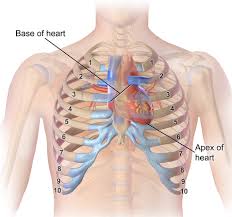 You breathe about 20,000 times a day so a subluxated rib is incredibly painful and can mimic a heart attack; however, since DEATH is a lot harder to fix than a rib problem... common sense dictates that he should go to the ER and make sure he is not experiencing a more ominous condition - then we can move on to the more easily fixable rib problem.
You breathe about 20,000 times a day so a subluxated rib is incredibly painful and can mimic a heart attack; however, since DEATH is a lot harder to fix than a rib problem... common sense dictates that he should go to the ER and make sure he is not experiencing a more ominous condition - then we can move on to the more easily fixable rib problem.




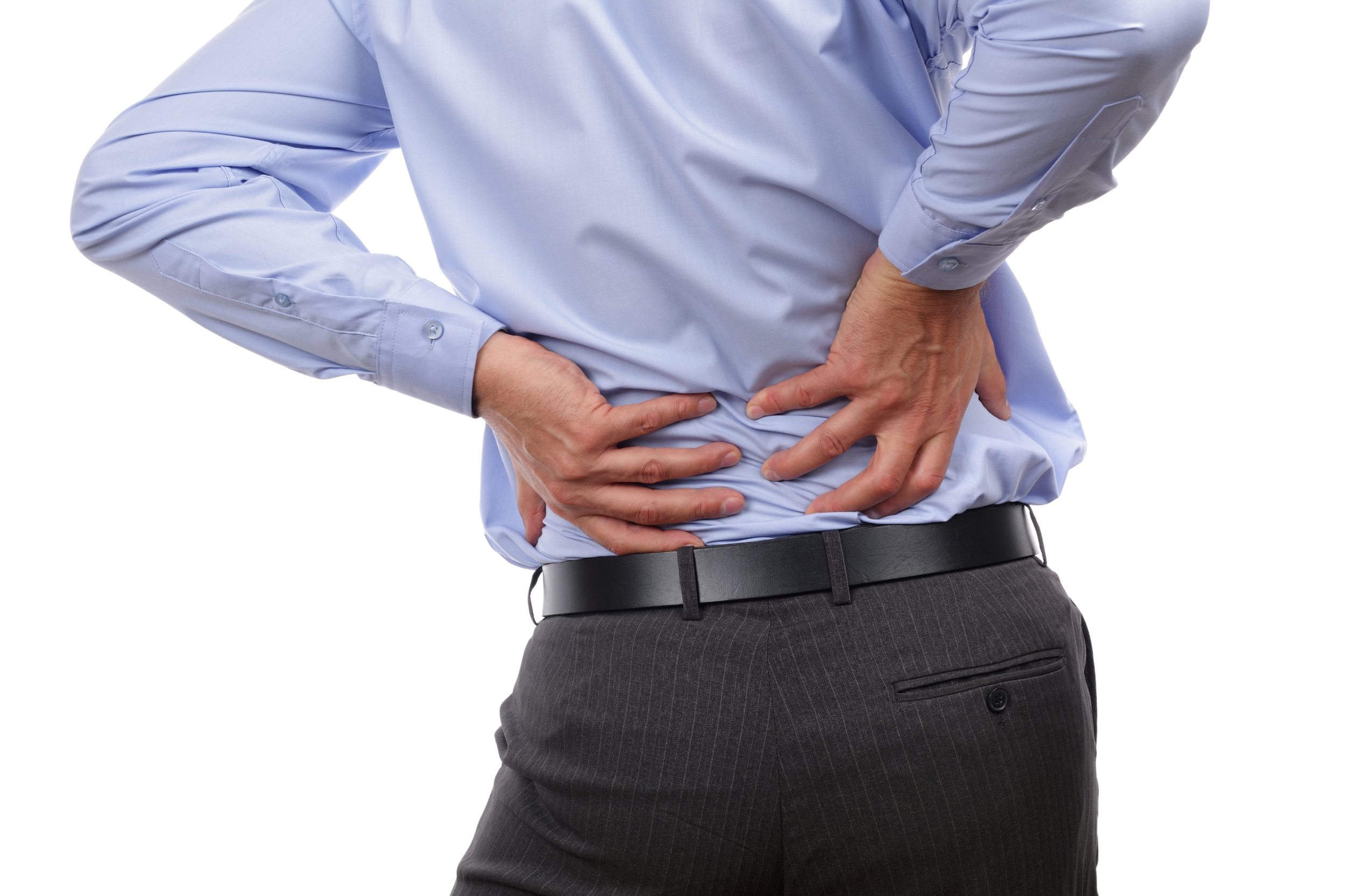




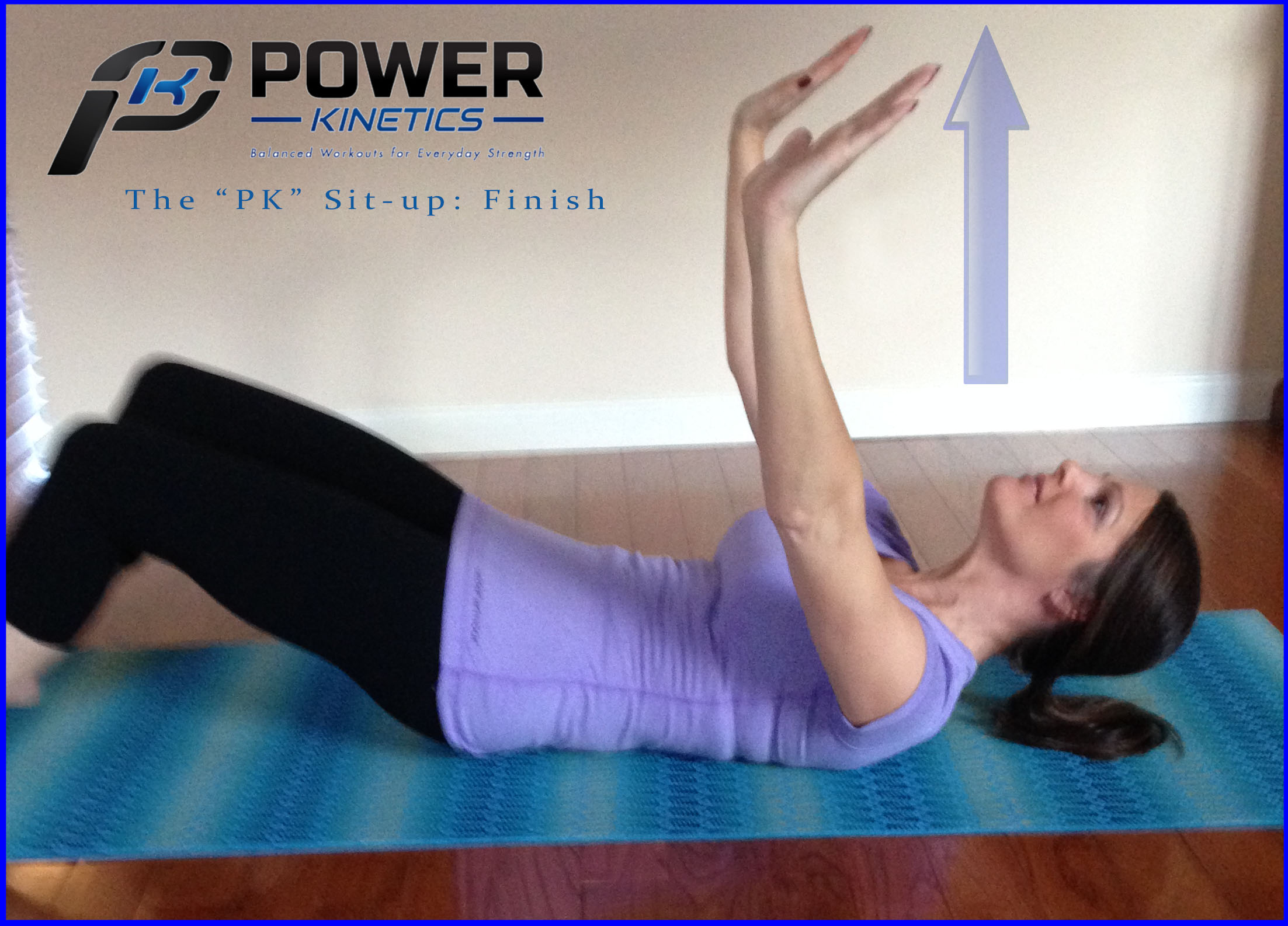







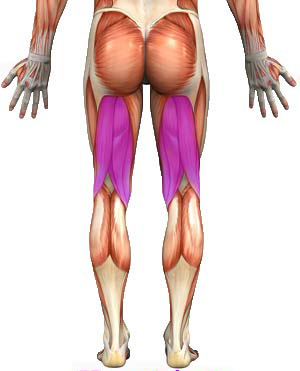
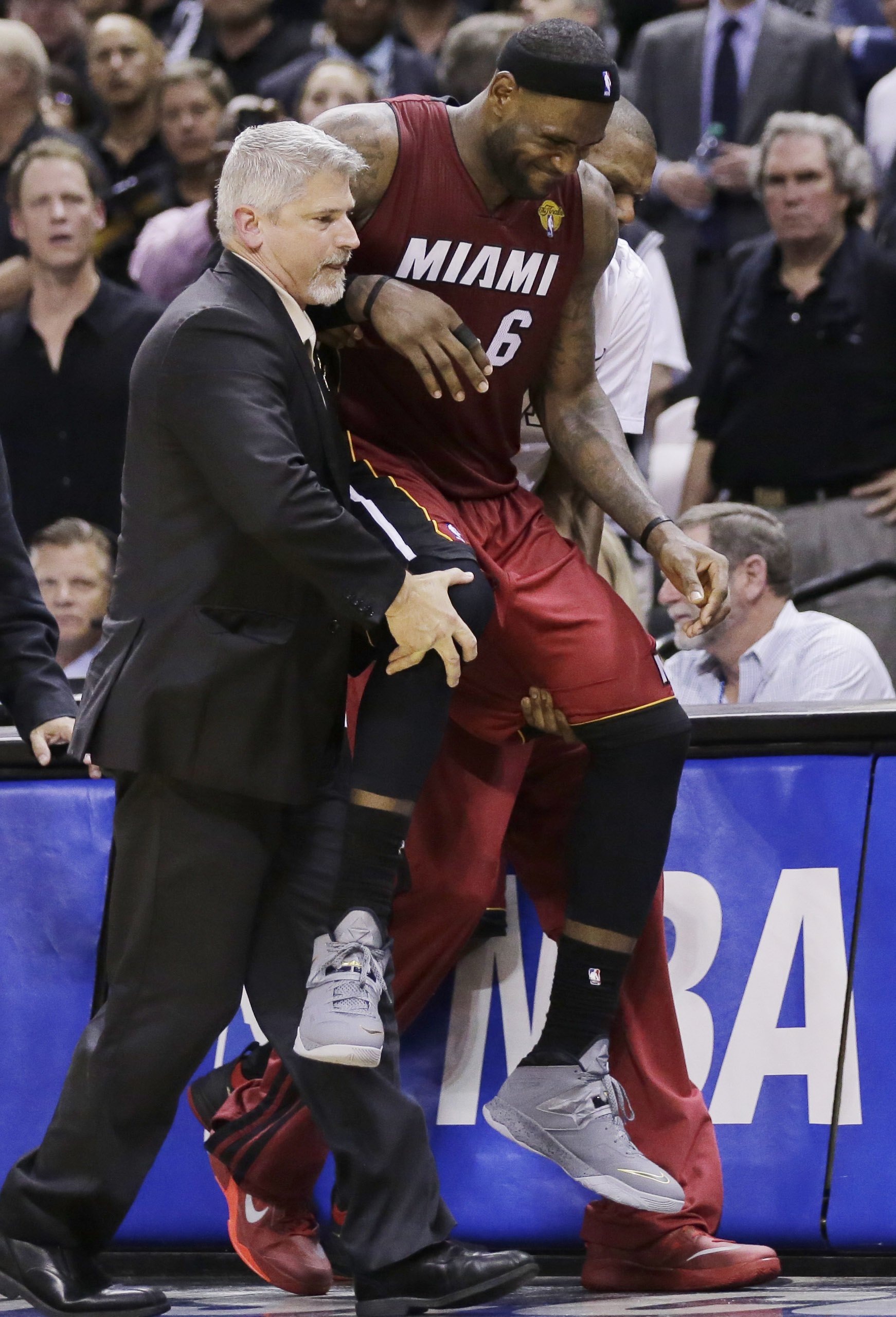
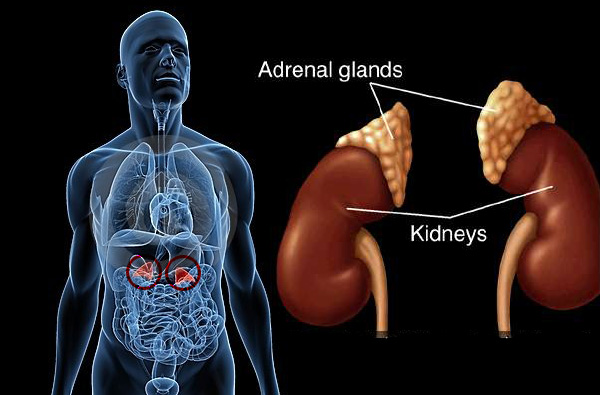
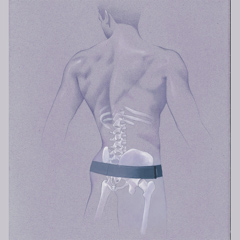 __________
__________

